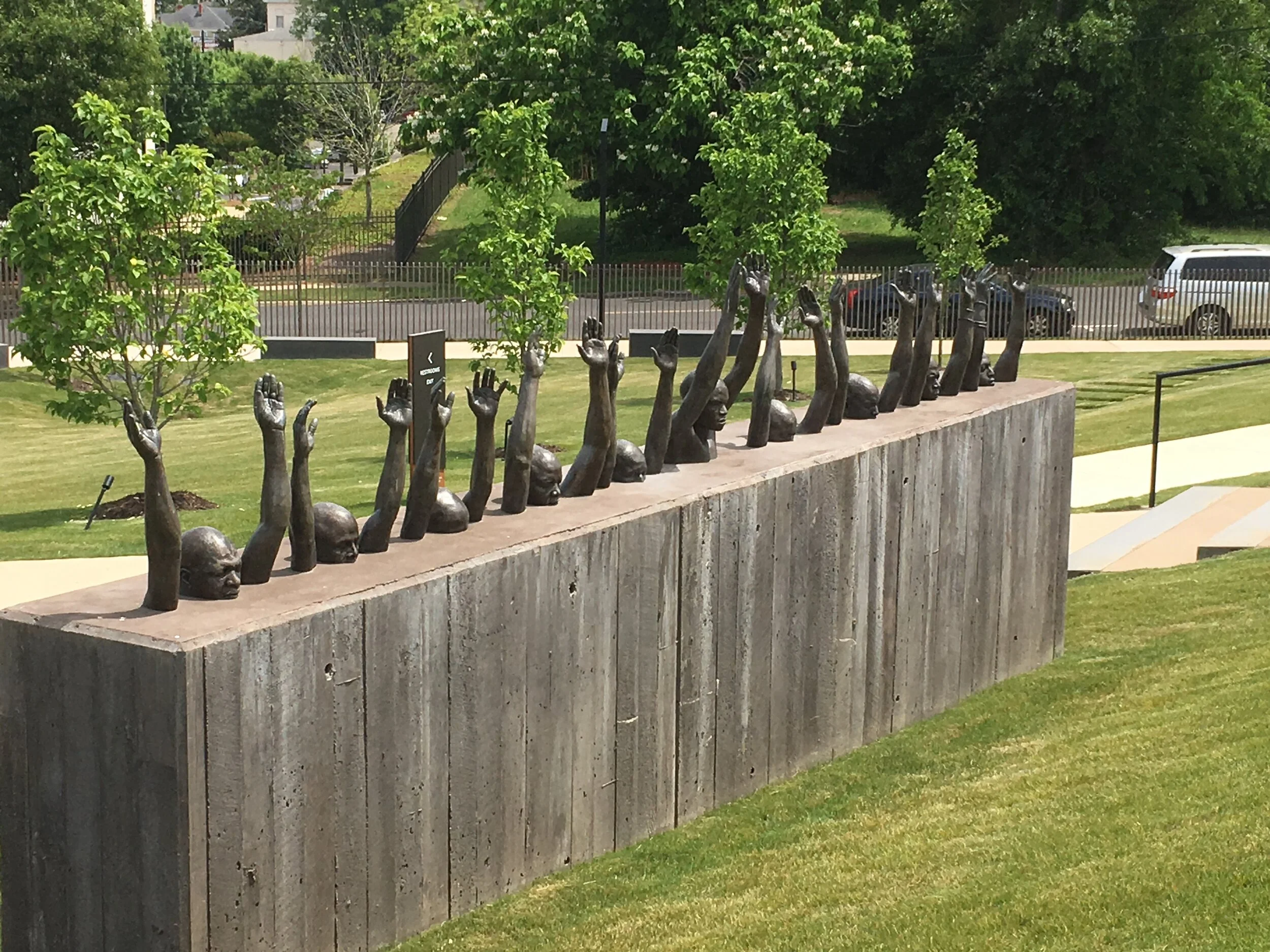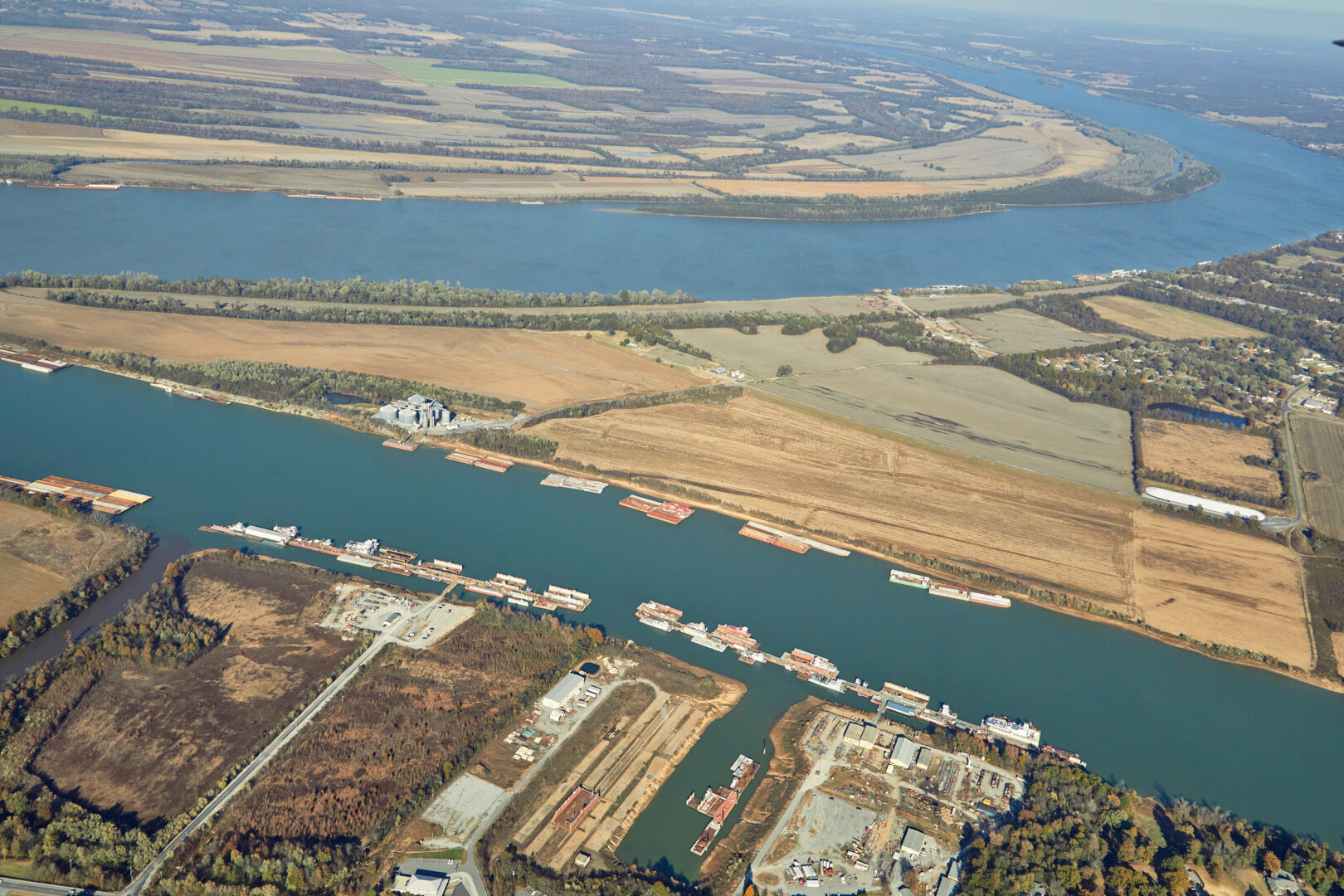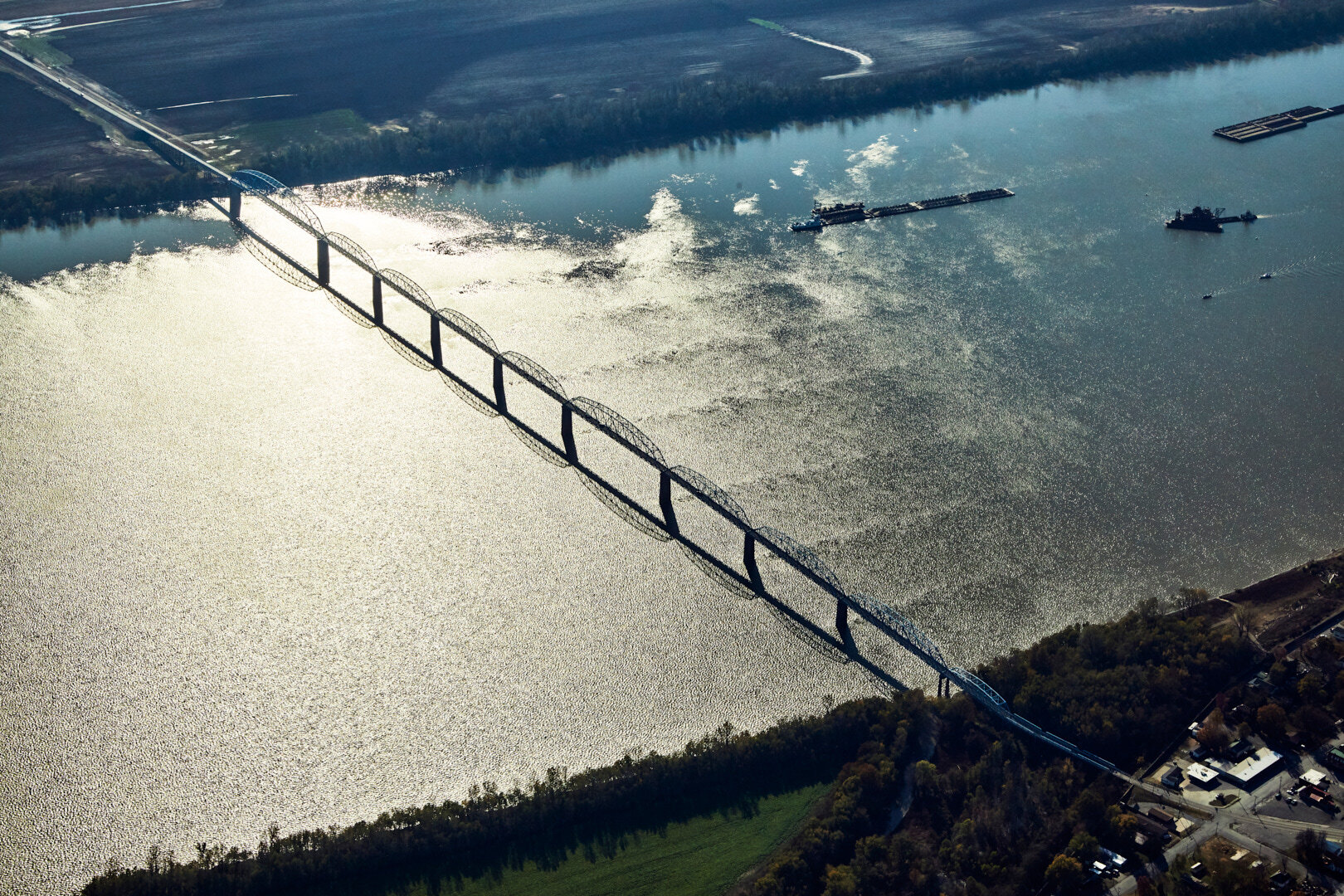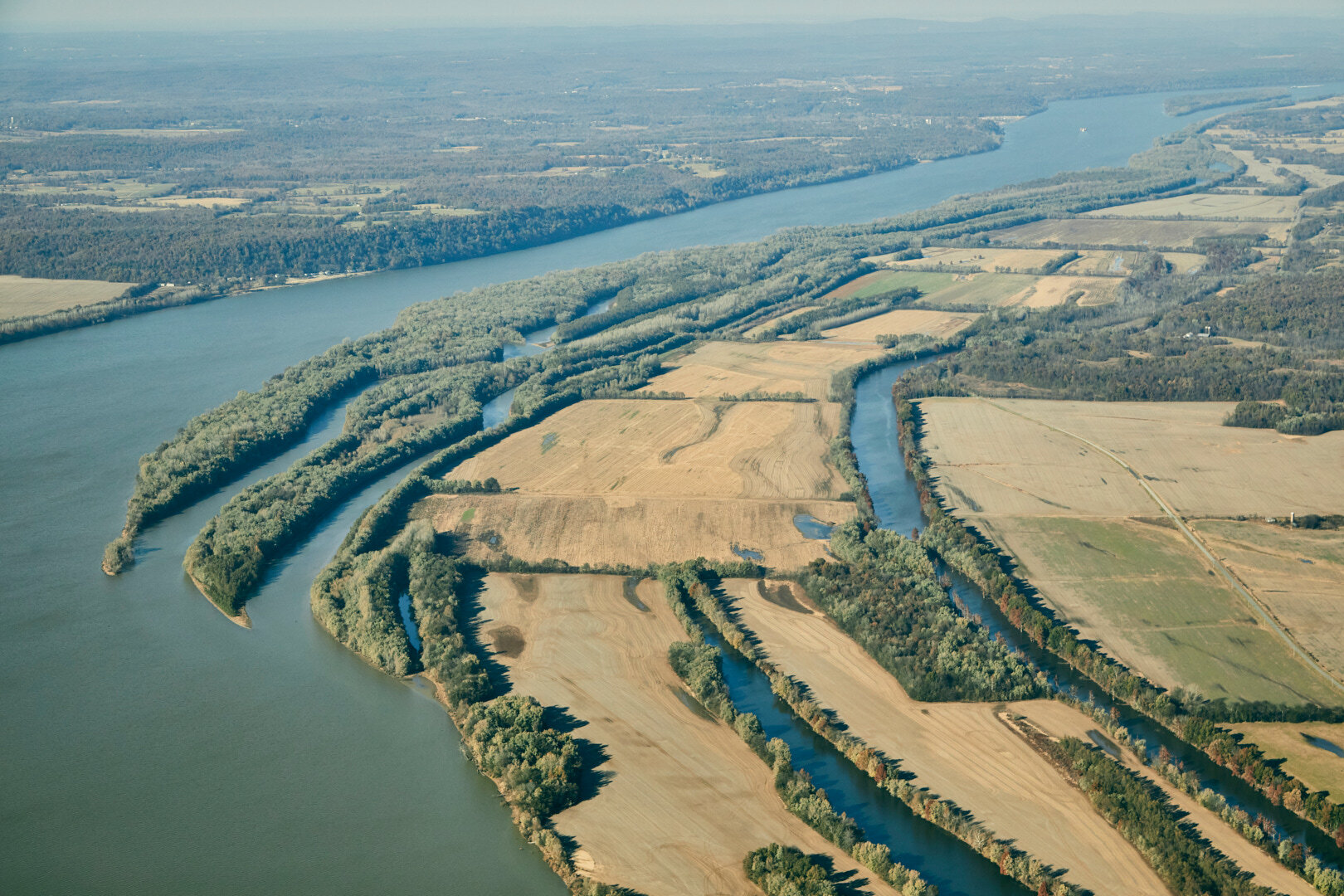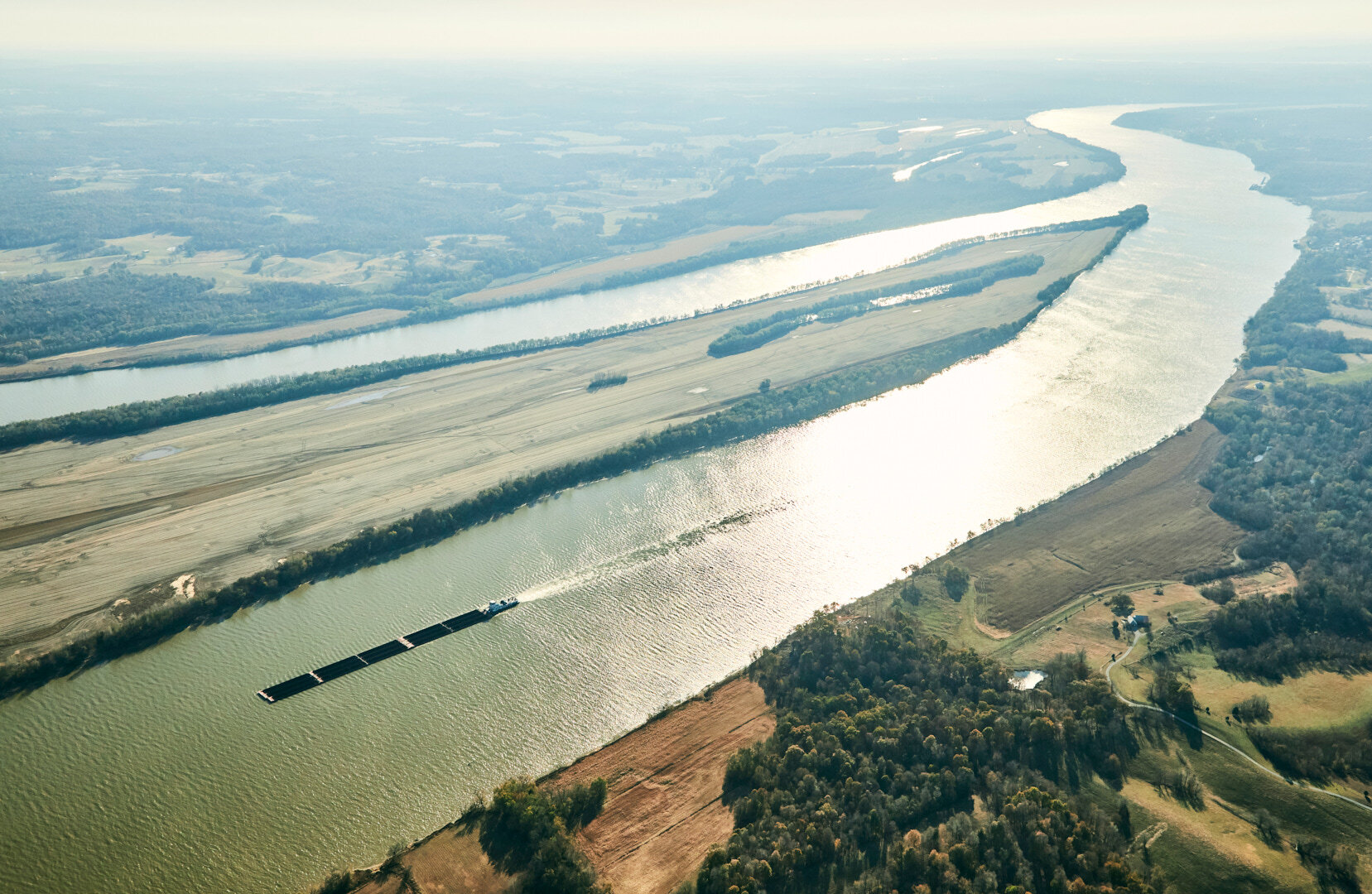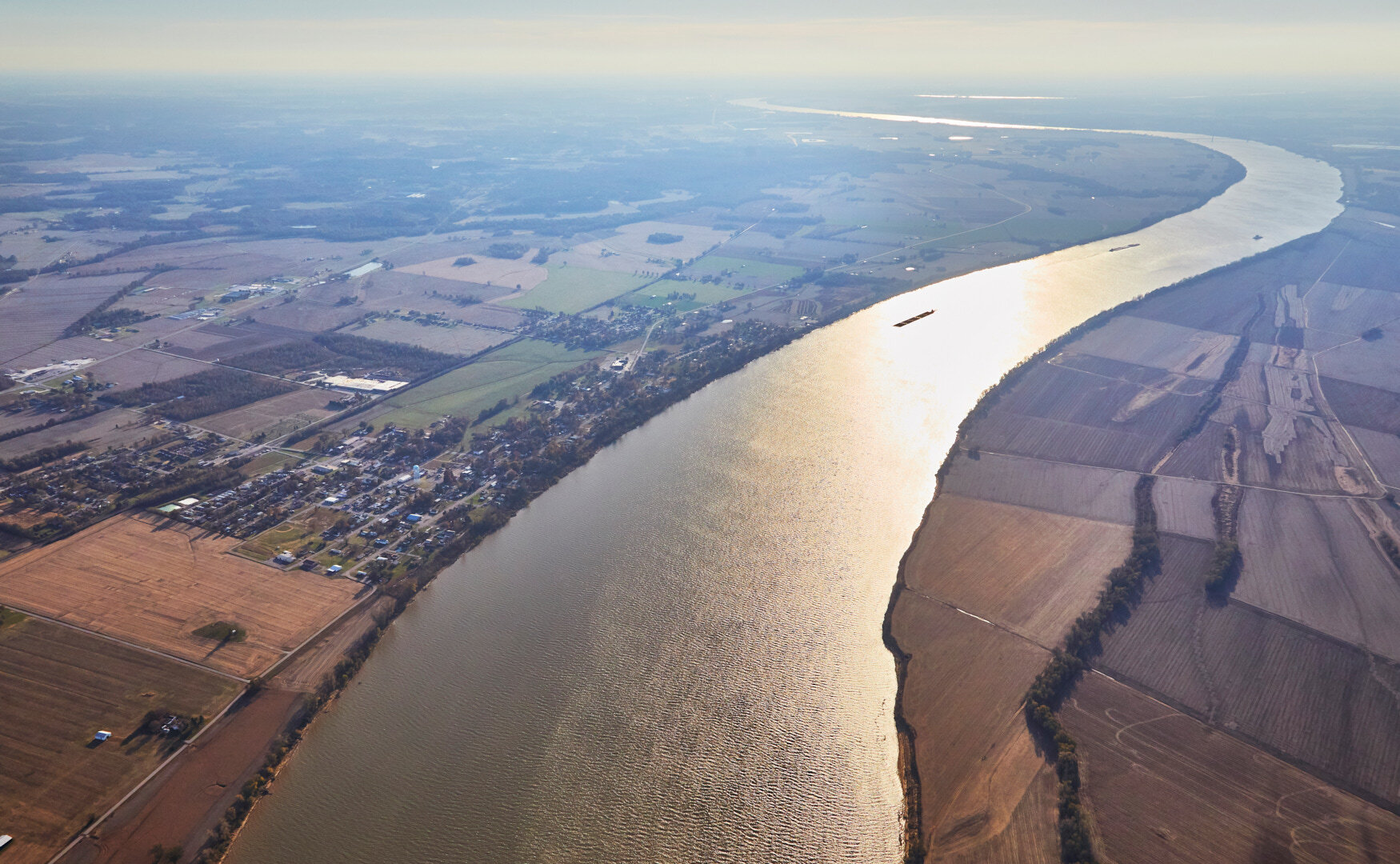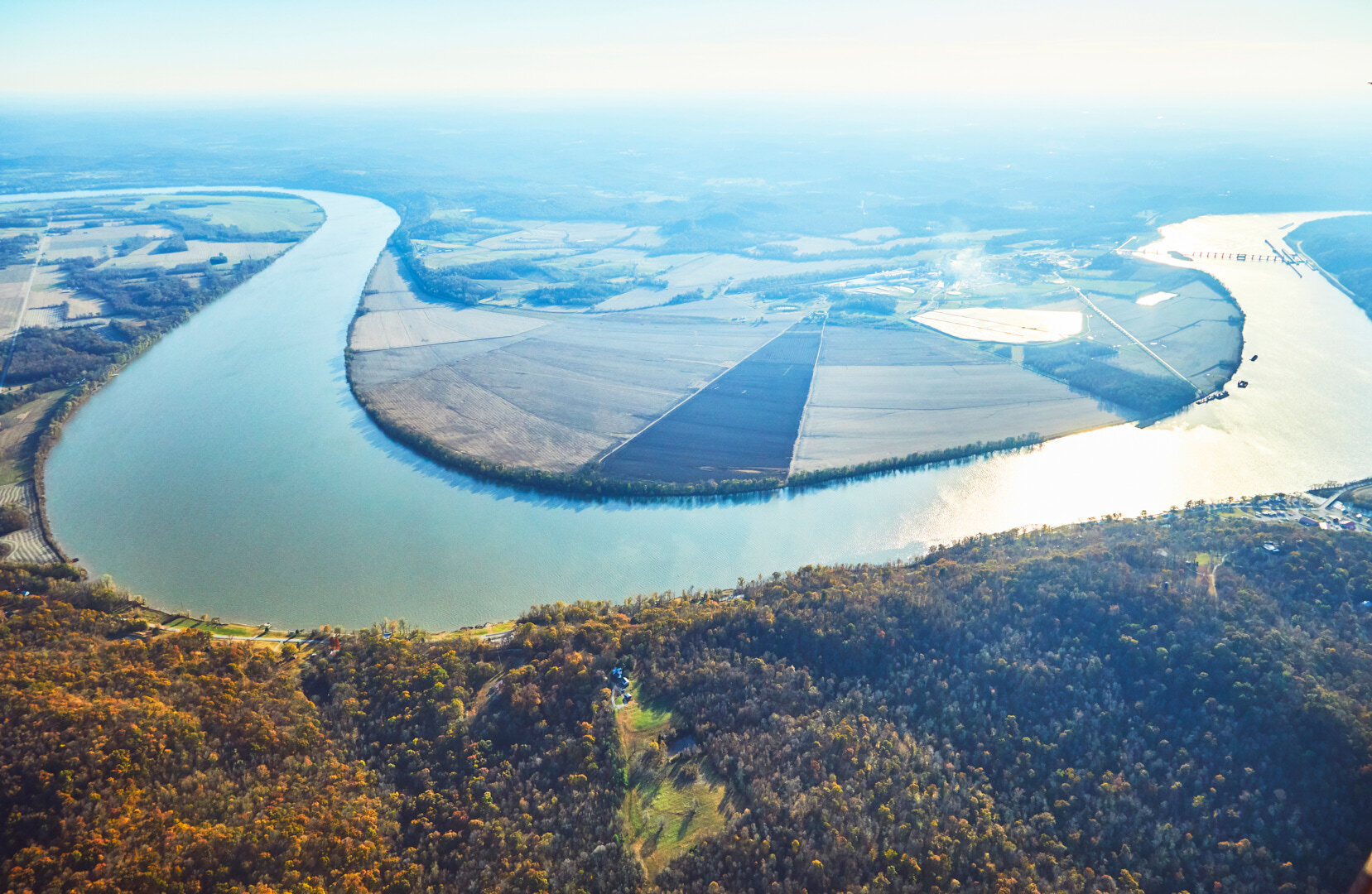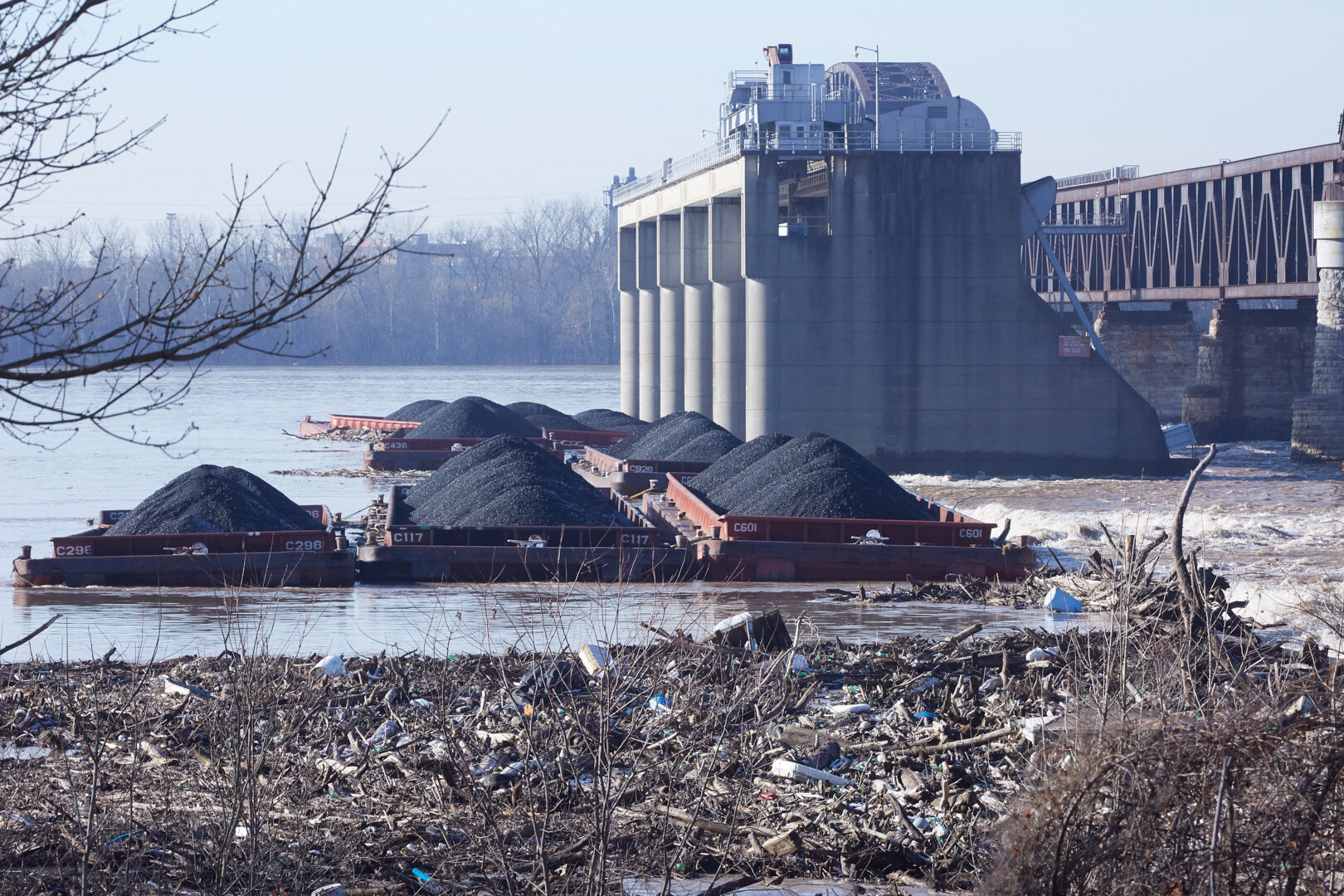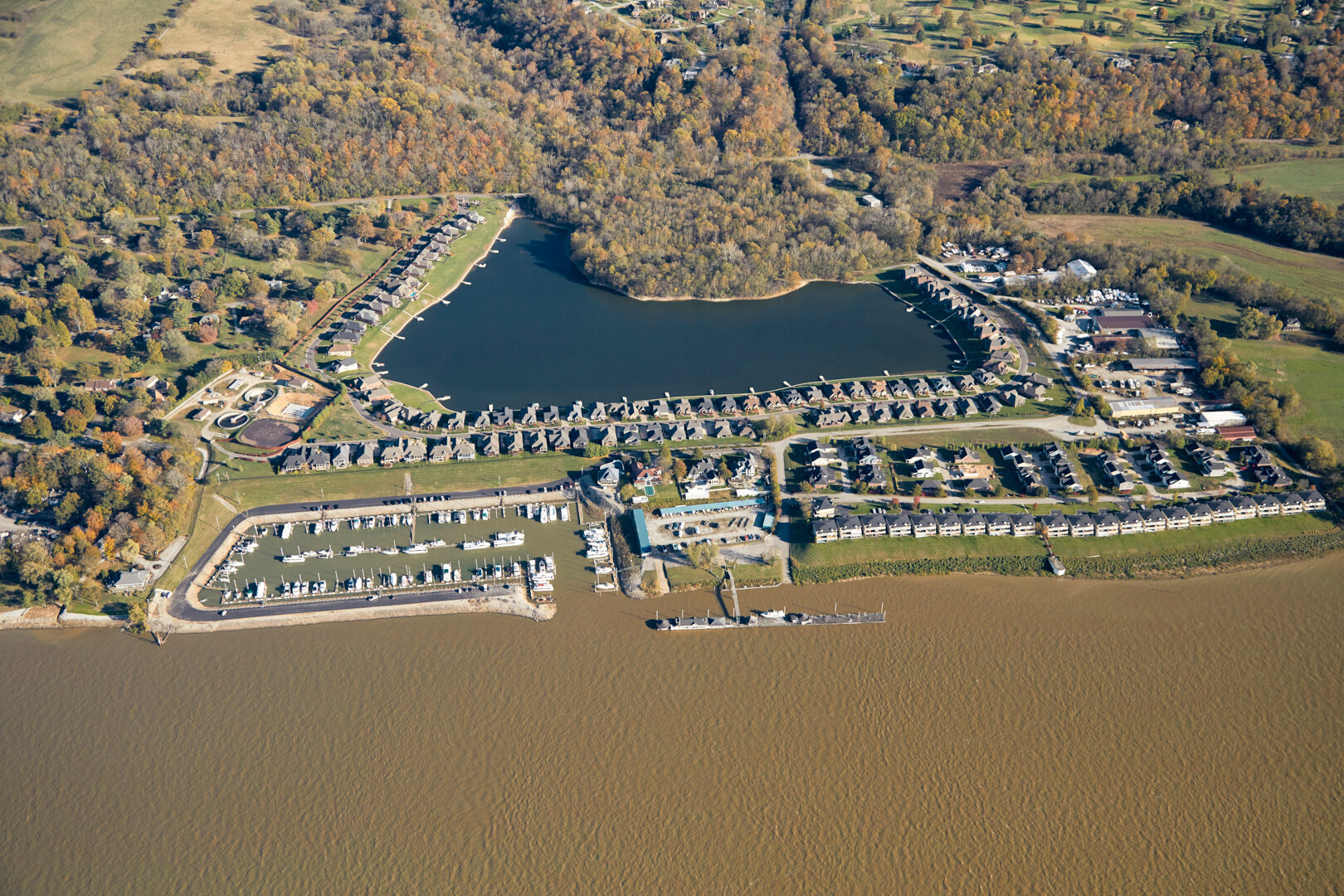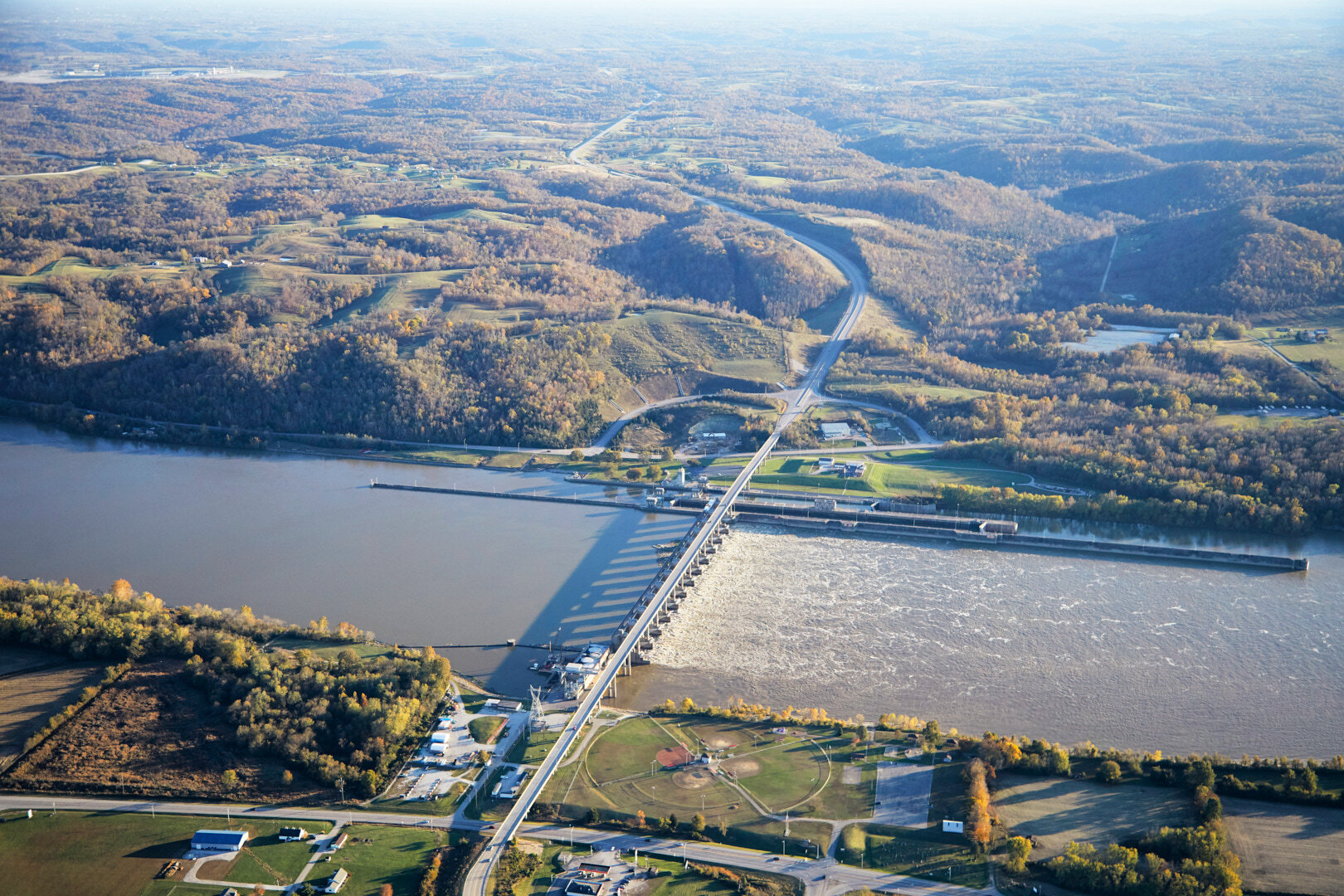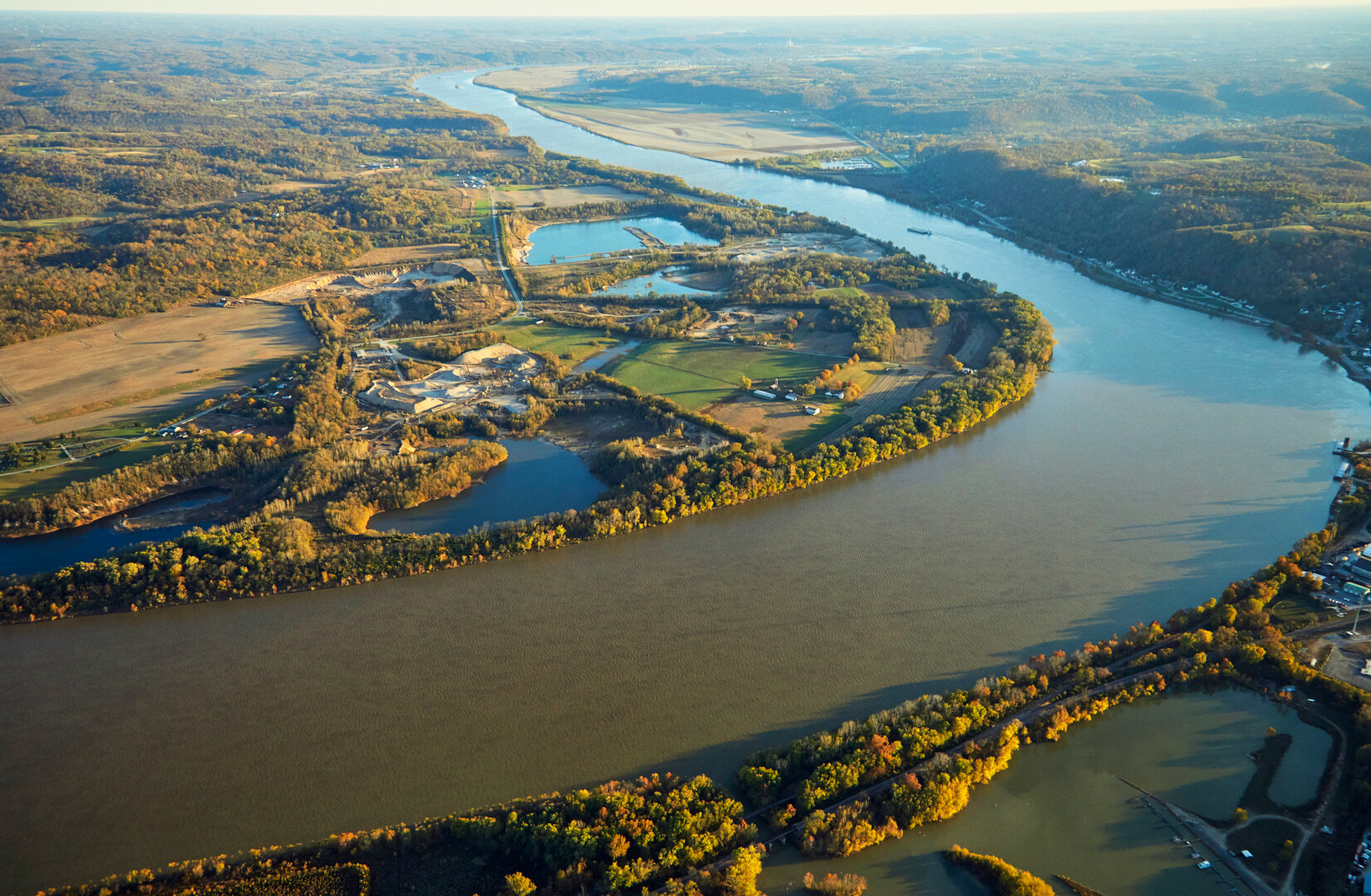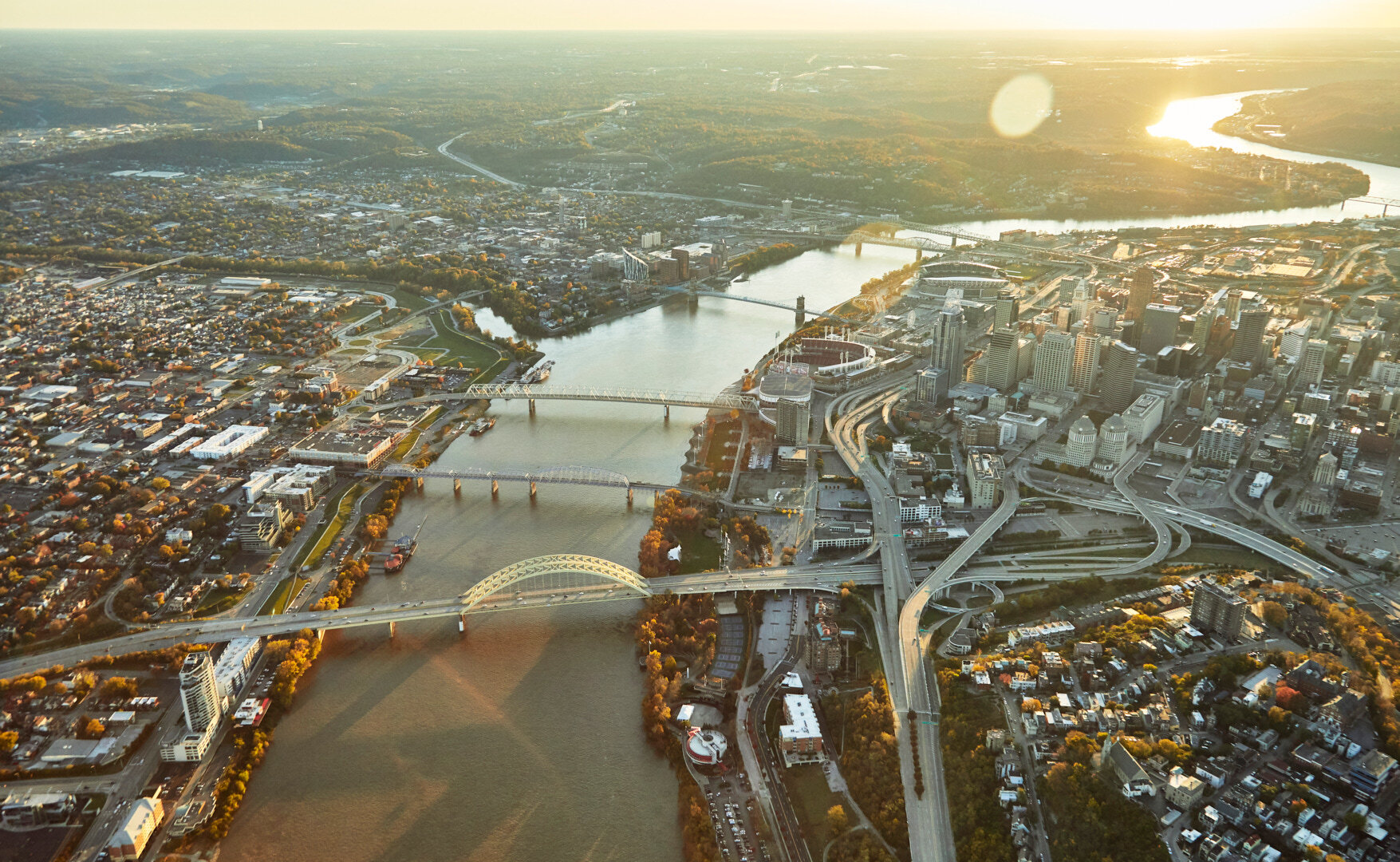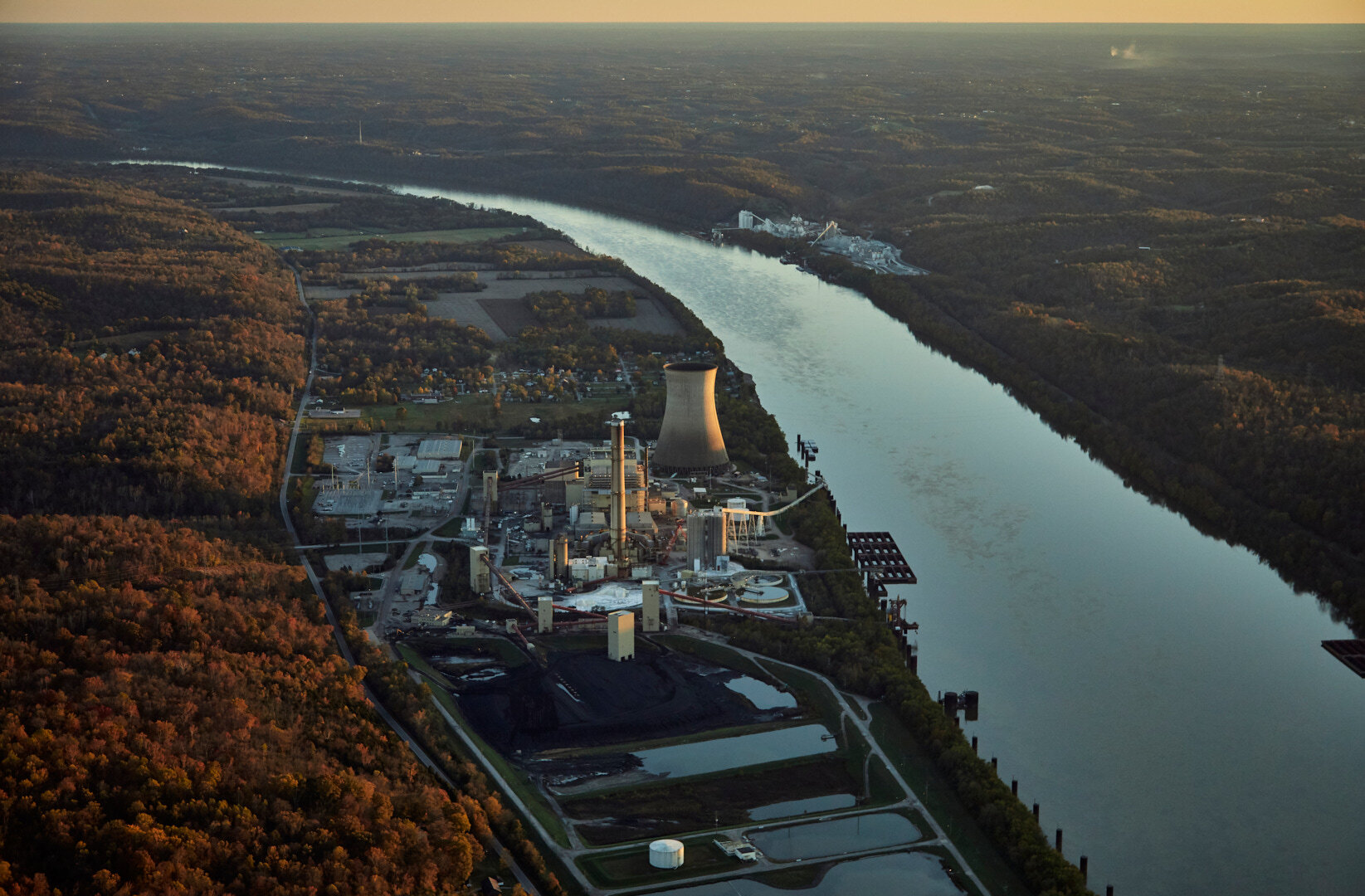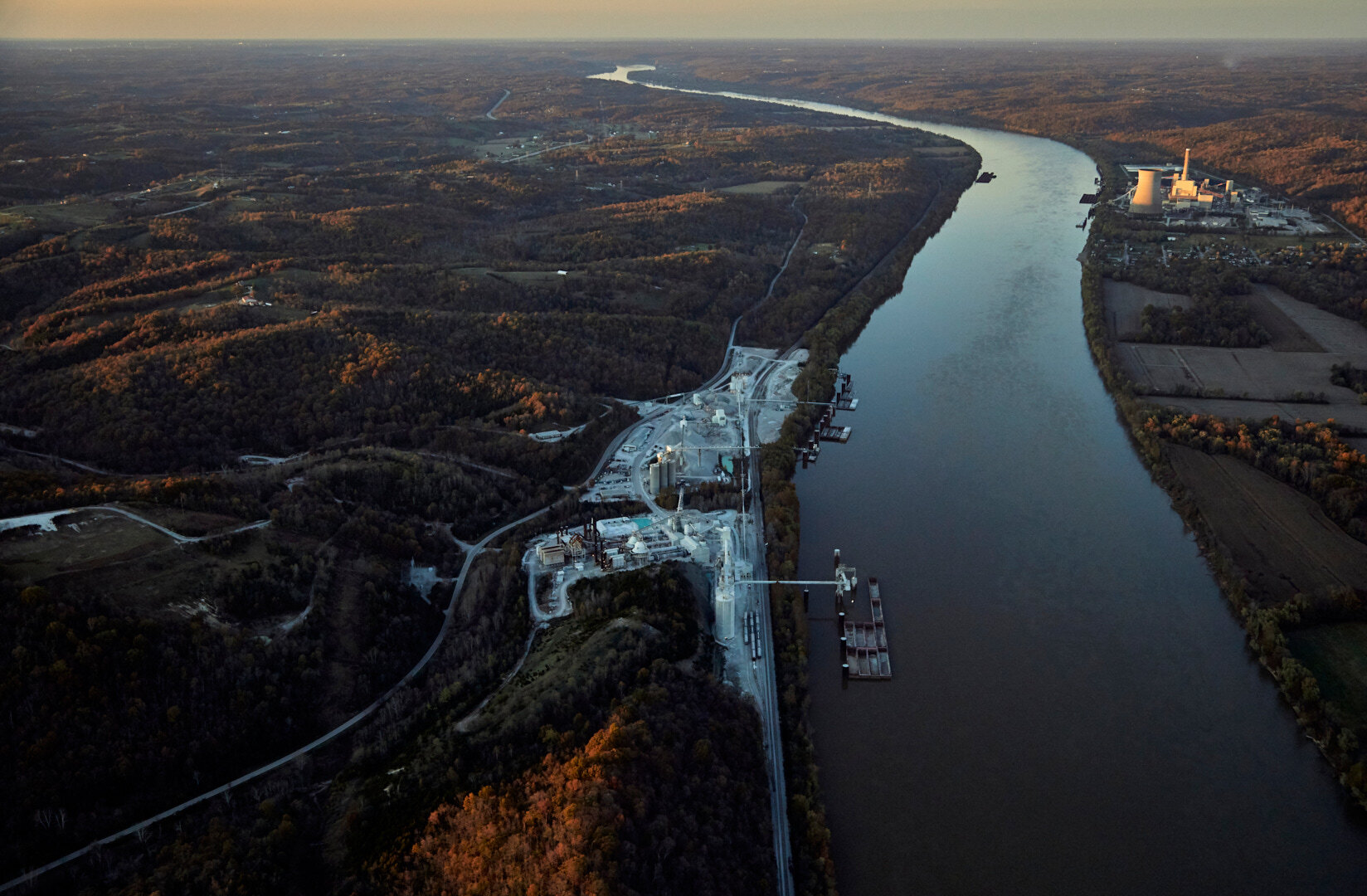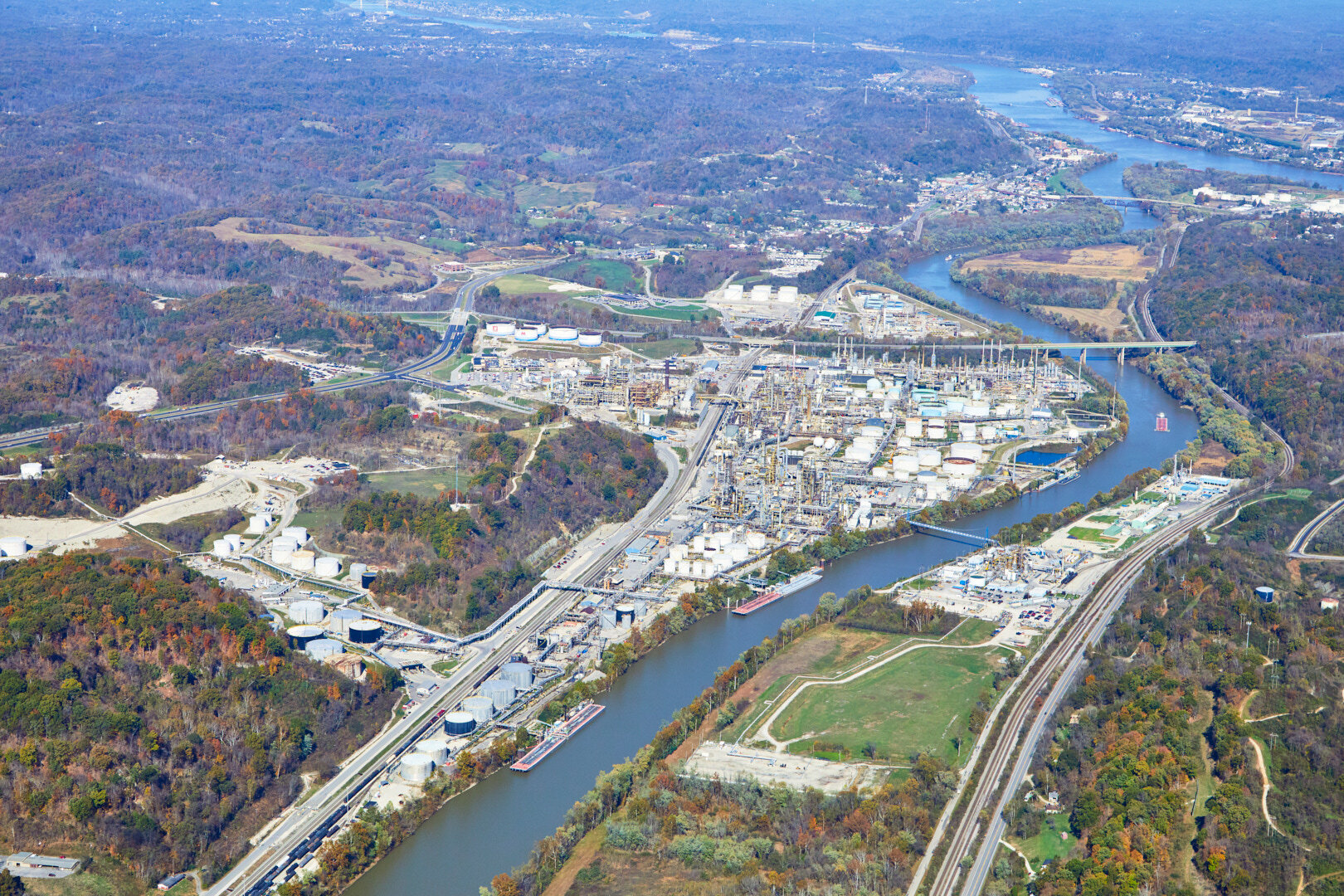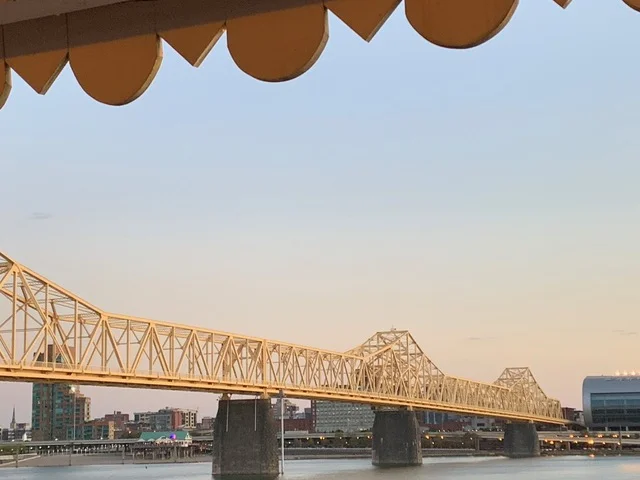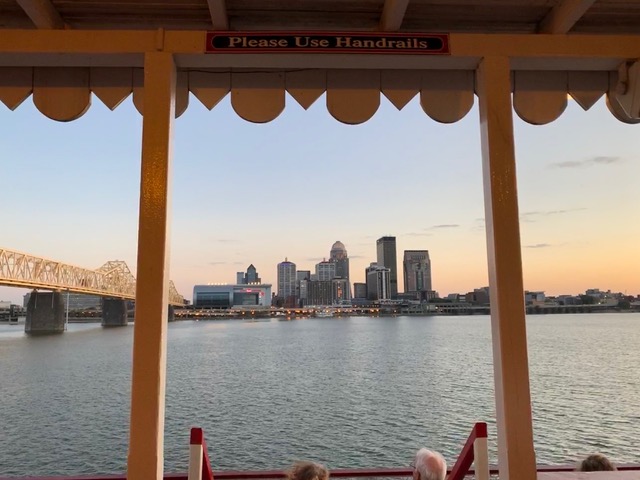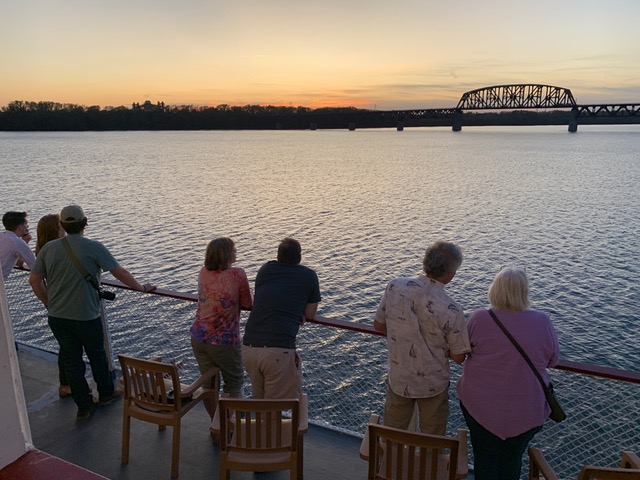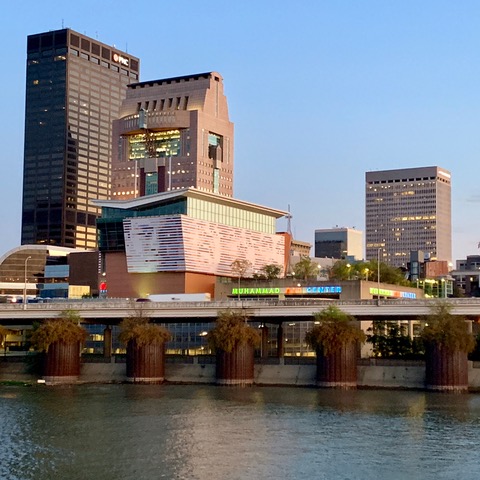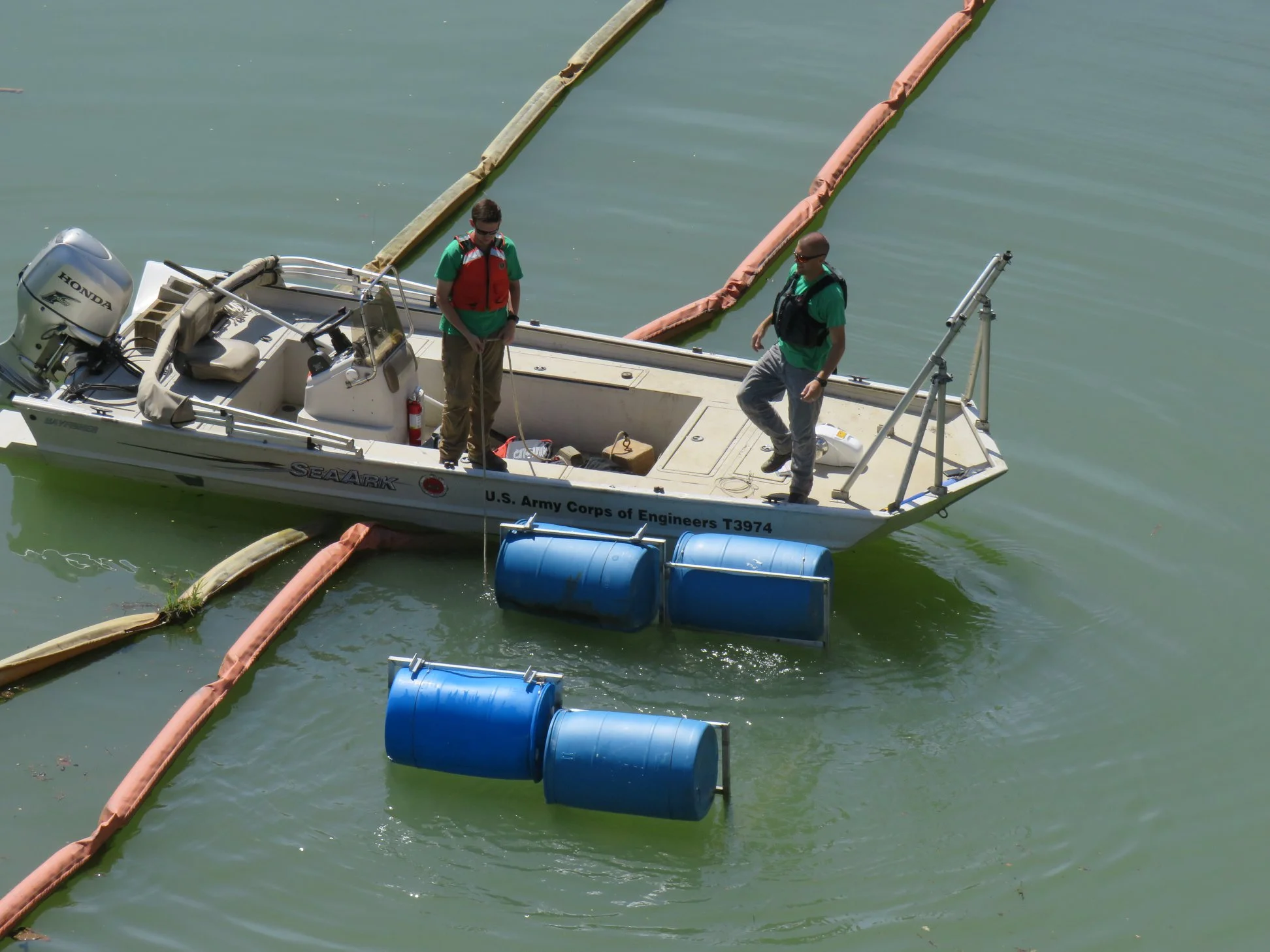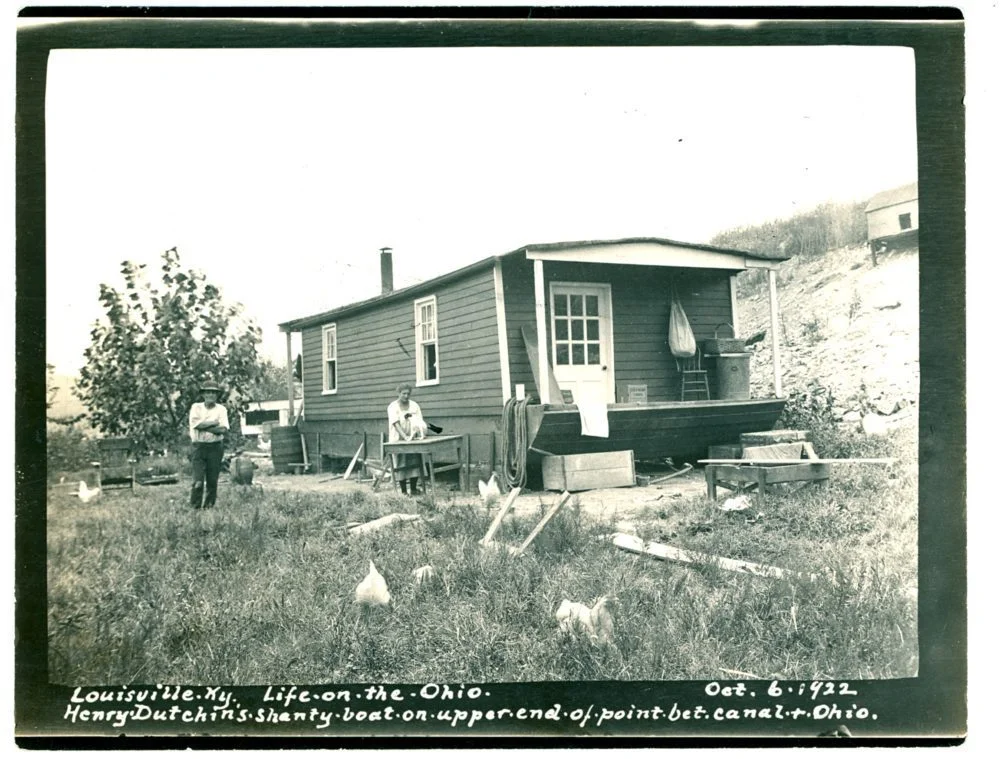Ohio River City Paddlers Combine Efforts to Develop 274-mile long Ohio River Recreation Trail
The Inaugural Ohio River Recreation Trail Paddling and Cycling Adventure will begin
June 1 in Portsmouth, Ohio and end June 9, 2 pm in Louisville, KY
The Ohio River Recreational Trail
What is it that connects Cincinnati, Louisville and many other rivertowns? Why, the Ohio River, of course! And it is because of this connection that groups of avid outdoor enthusiasts and paddlers have joined forces to create a recreational trail on, and along, the Ohio River. The Ohio River Recreation Trail is an initiative undertaken by members of Louisville’s River City Paddlesports and Cincinnati’s Paddlefest organizers to support and encourage people to explore the Ohio River from water, or land, and to find recreational adventure locally. “I’ve paddled the 133 miles from Cincinnati to Louisville more than 15 times, sometimes in my own kayak and other times with 10 people in a voyager canoe, and the beauty and tranquility of the Ohio River never ceases to amaze me,” says David Wicks of Louisville’s River City Paddlesports, and the driving force behind the development of the Ohio River Water Trail. “What we are trying to do is open peoples’ eyes to the beauty and majesty of the Ohio River and to provide the opportunity for them to find adventure in the environment that exists in their own back yards,” added Brewster Rhoads, recreational trail co-convener and founder of Cincinnati’s Paddlefest.
The Inaugural Ohio River Recreational Trail Paddling and Cycling Adventure will begin June 1 in Portsmouth, Ohio and end June 9 in Louisville, KY. One Voyager Canoe with 10 hearty souls will paddle from Portsmouth to Cincinnati (June 1-5) and three Voyager Canoes with approximately 30 people will complete the trip paddling from Cincinnati to Louisville (June 6-9). A team of cyclists led by Cincinnati cycling enthusiast Jene Galvin, will also make the journey, documenting bike routes and land-based points of interest along the way. River communities have graciously offered to host paddlers and cyclists for dinner and overnight camping.
The Ohio River Recreational Trail will begin in Portsmouth, Ohio upstream of Cincinnati, and end 274 miles away in West Point, Kentucky, just downstream of Louisville. There are numerous historic towns along the route, as well as two major metropolitan complexes for travelers to enjoy and explore. The Ohio River Recreational Trail will…
Promote tourism, safety, respect for private lands, and Leave No Trace (TM) ethics while facilitating both long distance and local paddling, sailing, power boating, fishing, and cycling along the Ohio River.
Provide increased access to the Ohio River by collaborating with local governments, recreation organizations, and commercial user groups.
Coordinate with county and municipal travel and tourism entities to ensure the largest possible impact on retail, lodging and food sales while providing a high-quality experience for paddlers, cyclists, anglers, and boaters.
Work with the state wildlife and natural resources agencies in Kentucky, Indiana, and Ohio to promote Ohio River fishing, boating, hunting, cycling, bird watching, and nature appreciation.
To support users of the trail, the Ohio, Kentucky, Indiana Regional Council of Governments (OKI) has been developing the Digital Guide to the Ohio, a GIS-based on-line mapping system that will help paddlers, power boaters, cyclists and even motorists plan multi day adventures in and along the Ohio. Phase one of the Guide should be available to the public later this month. It will contain information regarding numerous points of interest, river and weather conditions, lodging, restaurants, safety information, and much, much more. In addition, REI has awarded a grant to support the development of the trail. “As an avid paddler, outdoorsman and Community Outreach coordinator for REI, I am thrilled that we were able to support the development of this trail,” said Owen Nyswonger of REI, and one of the few paddlers that will make the entire 9-day, 274-mile journey!
Inaugural Ohio River Recreational Trail Adventure Travel Schedule
Start Saturday, June 1 in Portsmouth, OH
Destination River Miles Camp location
Vanceburg, KY 355 - 378 Travel Miles 23 Veterans Park, Vanceburg
Sunday June 2
Manchester, OH 378 - 396 Travel Miles 18 Campground,Manchester,
Monday June 3
Augusta, KY 396 - 427 Travel Miles 31 RosemaryClooney House, Augusta, KY
Tuesday June 4
Thomas More Biology Station 427 - 451 Travel Miles 24 Thomas More overnight accommodations;
Tour Ohio River research lab
Wednesday June 5
Cincinnati, OH 451 - 475.5 Travel Miles 24.5 Gilday Riverside Park
On Thursday, June 6, 20 additional paddlers will join us at Gilday Riverside Park in Cincinnati for the second leg of the adventure. A launch celebration will be held at 7:15 am.
Thursday June 6
Rising Sun, IN 475.5 - 506 Travel Miles 30.5 Rising Sun - Denver Siekman Park
Friday, June 7
Vevay, IN 506 - 538 Travel Miles 32 Vevay City Campground
Saturday, June 8
Westport, KY 538 - 582 Travel Miles 44 Woodland Farm-Westport
Sunday, June 9 Arrival 2 – 4 PM, est.
Louisville, KY 582 - 603.3 Travel Miles 21.3 Louisville Waterfront Park
On Sunday, June 9, 2 to 4 pm there will be an arrival celebration at the Louisville Community Boat House, 1321 River Road, Louisville, KY.
An open free celebration with discussions about safe recreational access to the Ohio River Corridor.
Contact:
Jerry Schulte, Ohio River Recreation Trail Media and Safety Coordinator jerryschulte@jerryschulte.com 513.260.8249
or David Wicks, Louisville dwicks1@gmail.com 502.671.3595
Media Opportunities: In-studio interviews with paddlers and conveners of Ohio River Recreation Trail prior to June 1 departure.
Remote: Interviews with paddlers and conveners of the Trail available prior to, or as paddlers complete, their journey.
Contact David Wicks, dwicks1@gmail.com, 502.671.3595 or Susan Schneider susan.schneider.esq@gmail.com, (704) 701-8840 for Louisville-area studio and remote interview scheduling and further information.
On-water video/interview opportunities may be available for media from a powered 18’ safety boat which will accompany the paddlers from Cincinnati to Louisville. Contact Jerry Schulte, Media and Safety Coordinator, jerryschulte@jerryschulte.com, 513.260.8249 for more information.
Ohio River Recreational Trail links: https://ohioriverrecreationaltrail.com/
https://www.facebook.com/OhioRiverRecTrail/ Info@ohioriverrecreationaltrail.com
